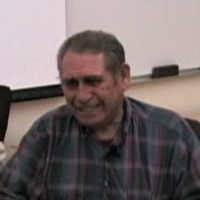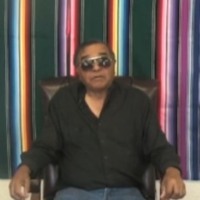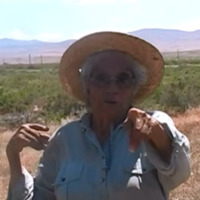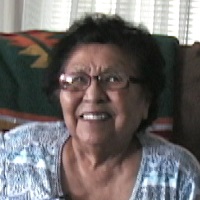Shoshoni Language Community
 Language and Community
Language and Community
As part of the effort of re-vitalization of the Shoshoni language, the Shoshone communities of northeastern Nevada have committed to keeping the Shoshoni language an active and vital part of everyday life.
To support Shoshoni language re-vitalization, Great Basin College, the Great Basin Indian Archives, and community partners have come together to offer three programs:
- Shoshoni Language Classes at Great Basin College, open to the general public
- Community Language Classes within Western Shoshone communities
- The Shoshone Community Language Initiative (SCLI), a summer immersive program at Great Basin College for Shoshone high school students
The Great Basin Indian Archives also is proud to participate in this process with our Oral History collection. Many of the Elders who have spoken with us have elected to tell their stories in Shoshoni, with the desire to encourage younger members of the communities to learn to speak the language. Some of these histories are presented below.
 This marker is used to indicate when an oral history has a significant Shoshoni language component. Community language teachers are invited to use these oral histories in their lessons, both to work with the language and to encourage student participation in the broader community.
This marker is used to indicate when an oral history has a significant Shoshoni language component. Community language teachers are invited to use these oral histories in their lessons, both to work with the language and to encourage student participation in the broader community.
|
Dan Blossom (Cho Cho Kunn) was born in Battle Mountain (Dona Muzza), Nevada in 1924. His mother was Miley Jackson-Cavanaugh. He is part of the Jackson Clan. Dan Blossom describes how he grew up on the outskirts of Battle Mountain. He describes how he would hunt for food such as gomba (type of desert ground squirrel), and eat other foods such as deer, duck, etc. He describes how his grandmother Aggie Jackson and his family lived while he was growing up in Battle Mountain. Dan also tells us of his school experience, and how he was not allowed to speak Shoshone. He later describes his life while he was in the Army during the Korean War. He later tells us a traditional Shoshone Tale: Coyote and Wolf. GBIA 027 [view full record] |
Click for standalone page if above viewer does not work.
Audio Only File (.mp3) |
|
Boyd Graham of Duckwater discusses the work of Wick R. Miller on Shoshoni orthography, the continuing work of SYLAP, and shares stories. GBIA 038 [view full record] |
Click for standalone page if above viewer does not work. |
|
Barbara Ridley discusses her family and garden at home in Elko, and then travels to Beowawe to discuss her family and neighbors. GBIA 041 [view full record] |
|
|
Ruby Sam of Duckwater discusses her family background, and then describes her experiences at the Stewart Indian School. Later in the interview she discusses living back east as part of a relocation program and as a military wife, and her husband learning the Shoshoni language. GBIA 053 [view full record] |
|
Theresa Sam of Duckwater discusses her experiences at the Stewart Indian School, including details on the work programs ran out of the school. She also discusses the migrations to Duckwater in the early 1940s. She also relates the efforts to protest the treatment of Shoshone children at the public schools in Ely. GBIA 054 [view full record] |
|
Helen Walker is from Duckwater Reservation near Eureka, NV she had 3 older sisters, 2 brothers, and 1 younger sister. Her family was originally from the Smoky Valley area then they were given a house by the government and started ranching in Duckwater. Her father worked the ranch while she helped her mother garden. She went to Stuart Indian School and learned housekeeping she also lived in a Ranch in Moapa, NV. Later in life she worked at the Senior Center in Duckwater as a cook and took the elders to powwows and to go pine-nutting. She also talks about hand games, sweat lodge and Indian doctoring. She ends by telling us about the Shoshone language class and the young children taking it. GBIA 051 [view full record] |





